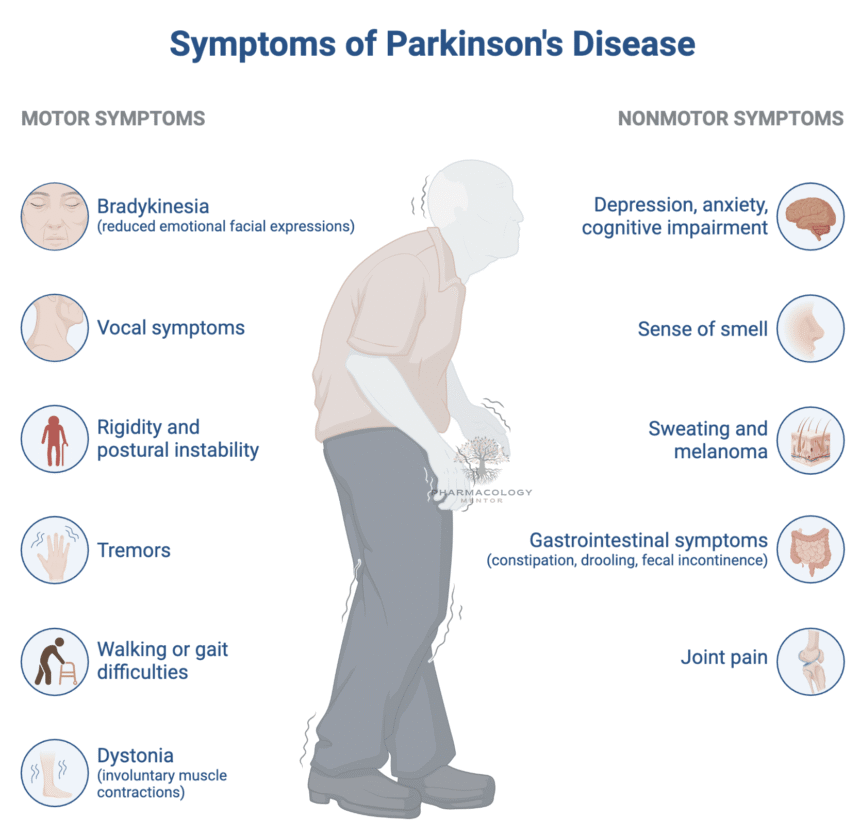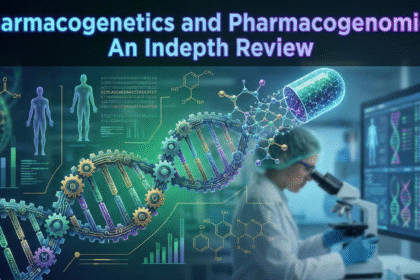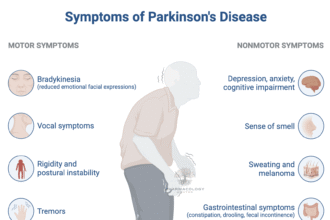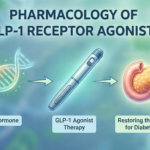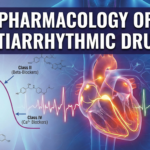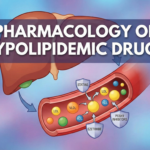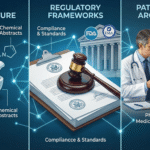Pharmacology of Antiplatelet Drugs
Introduction Platelets play a pivotal role in hemostasis, forming plugs that stem…
Pharmacotherapy of Parkinson’s Disease
Introduction Parkinson’s disease (PD) is a common neurodegenerative disorder characterized predominantly by motor symptoms including bradykinesia, rest tremor, rigidity,…
Pharmacotherapy of Glaucoma
Introduction Glaucoma is a group of progressive ocular disorders characterized by damage…
Pharmacology of Sympathomimetics: Mechanisms, Clinical Applications, and Safety
Introduction to Sympathomimetics Sympathomimetic medications—also known as adrenergic agonists—are a diverse group…
History of Pharmacology
Pharmacology is the science that examines how drugs interact with living systems,…
Pharmacology of Oral Contraceptive Pills (OCPs)
INTRODUCTION Oral contraceptive pills (OCPs) rank among the most widely used forms…
Pharmacology of antiretroviral drugs
INTRODUCTION The advent of effective antiretroviral therapy (ART) represents one of the…
Pharmacology of Aspirin: A Comprehensive Overview
Introduction Aspirin—chemically known as acetylsalicylic acid—is among the most widely used medications across…
Pharmacology of NSAIDs: Comprehensive Overview, Mechanism of Action, and Clinical Considerations
Non-Steroidal Anti-Inflammatory Drugs (NSAIDs) are among the most widely used medications worldwide,…
Pharmacology of Antiarrhythmic Agents: A Comprehensive Overview
Introduction Cardiac arrhythmias—or disturbances in the normal electrical rhythm of the heart—represent…





